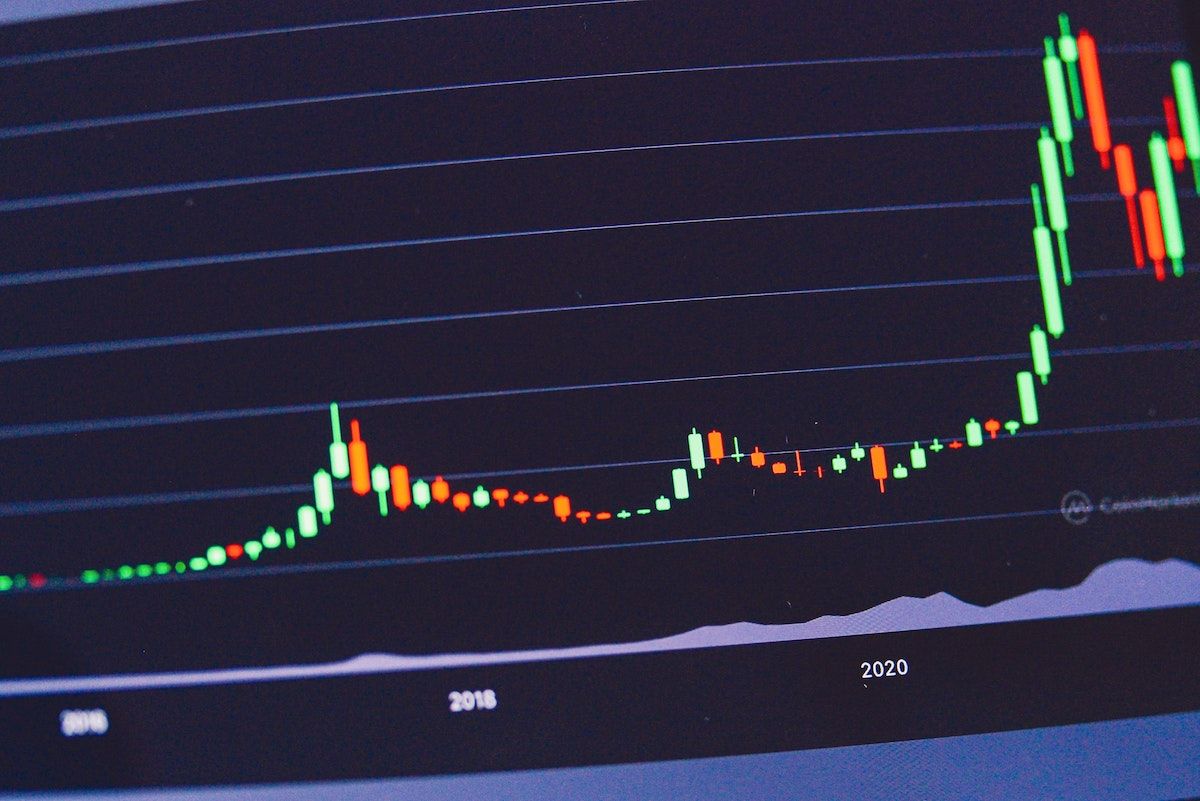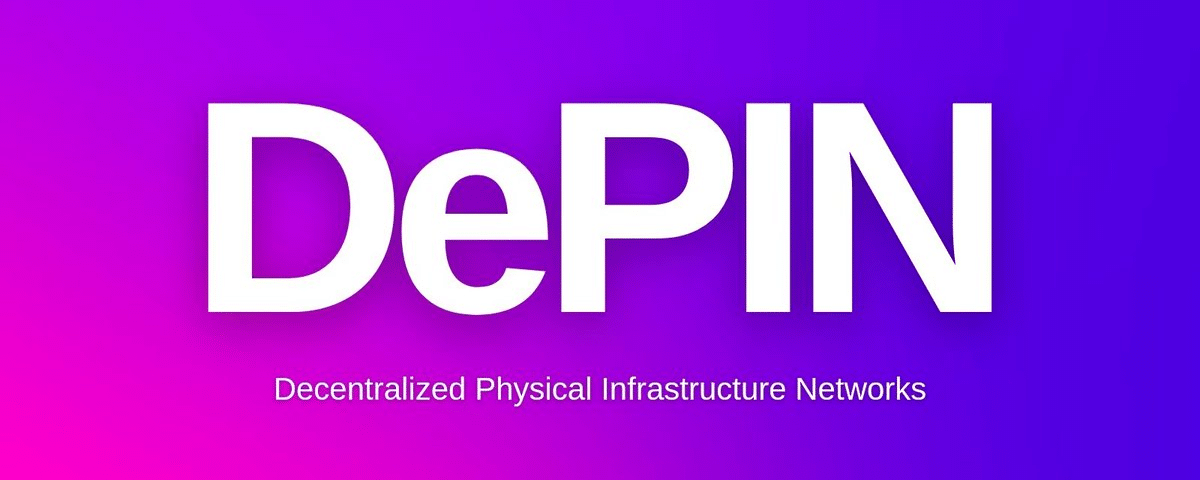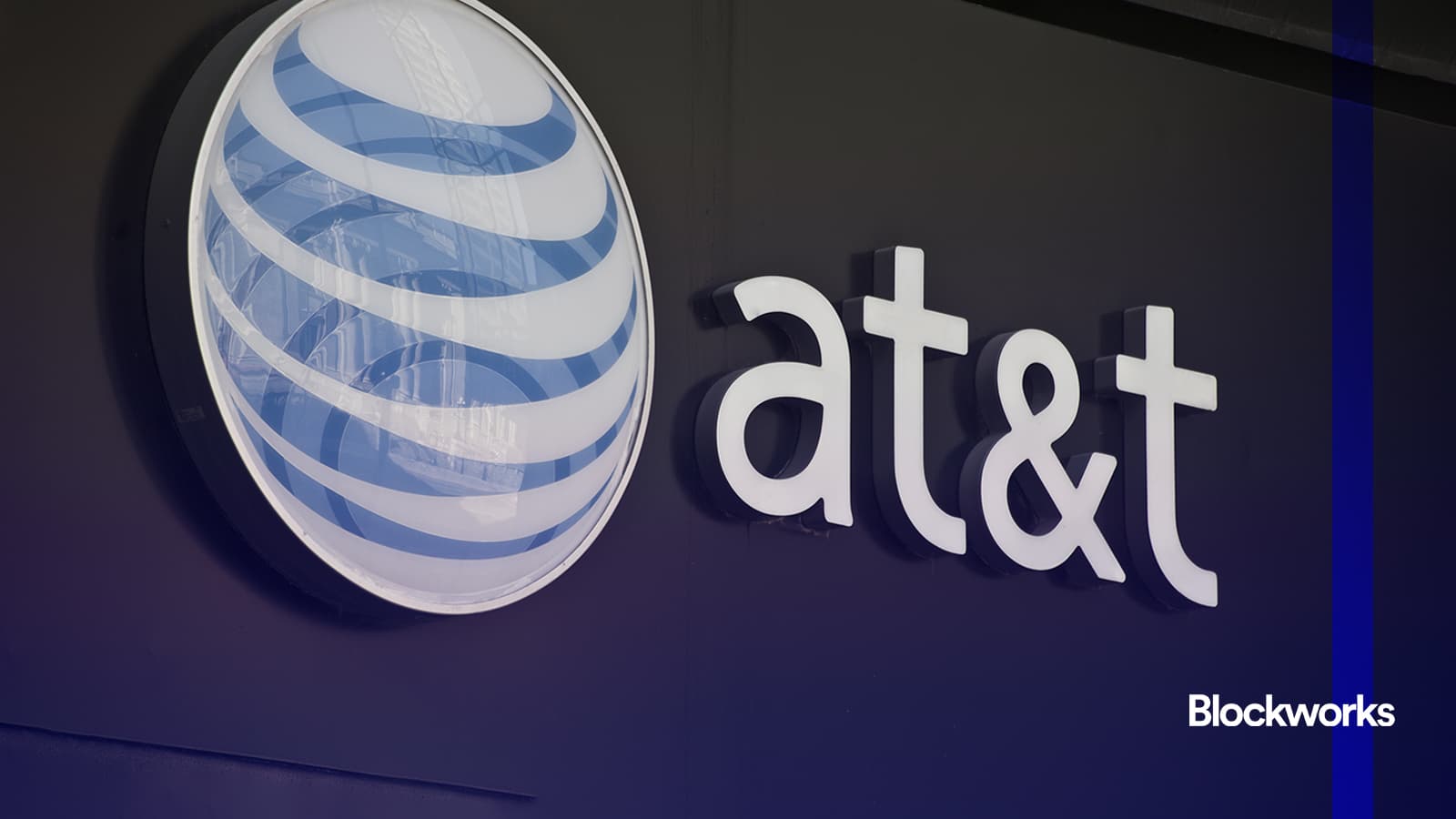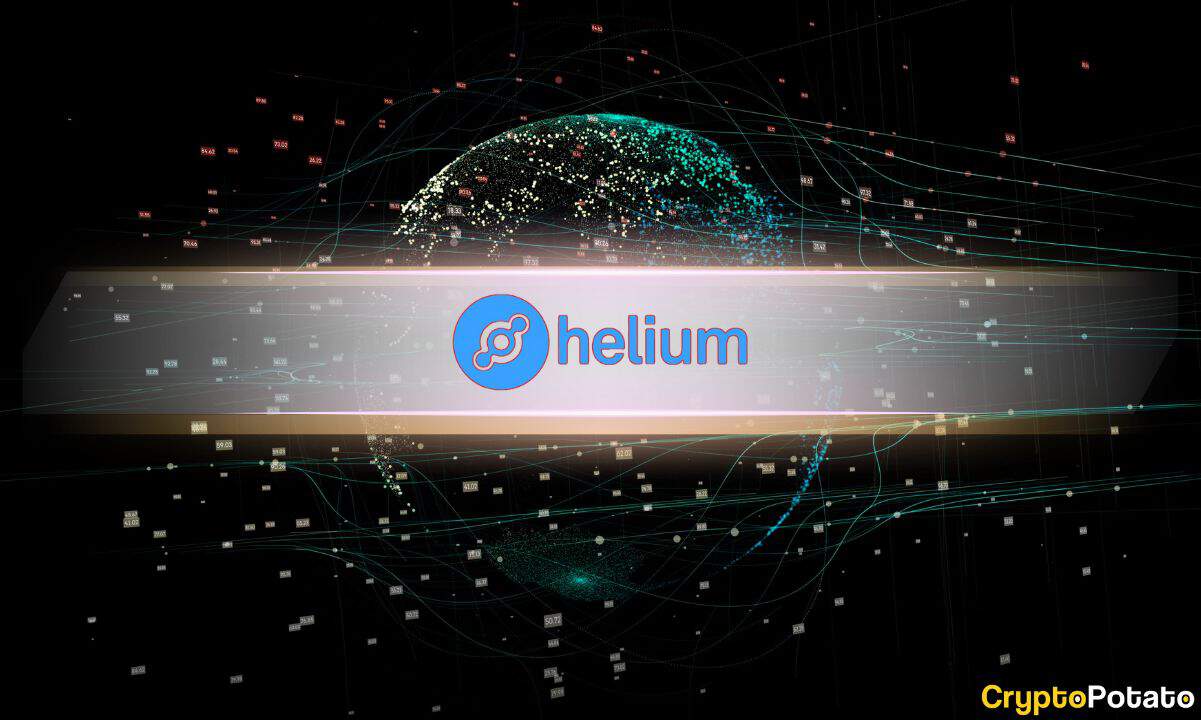Latest Helium News

6 months ago
Helium Secures Regulatory Victory, Price Surges Amid DePIN Momentum
In a significant development for Helium and the Decentralized Physical Infrastructure (DePIN) movement, the U.S. SEC has officially dismissed its claims of unregistered securities against Helium with prejudice. This ruling means that the SEC cannot refile these charges, effectively clearing a major regulatory hurdle for Helium. As a result, the Helium Network and its associated tokens—HNT, MOBILE, and IOT—can now operate with renewed confidence. Following this announcement, the price of Helium (HNT) surged over 6%, reaching levels not seen in months, raising questions about its potential for further gains.
This regulatory clarity is a pivotal moment not only for HNT holders but also for the broader cryptocurrency landscape. The SEC's acknowledgment that Helium Hotspots and its token distribution do not constitute securities removes a significant barrier to adoption. This development allows Helium to expand its operations globally, attract new partnerships, and pursue integrations without the looming threat of legal complications. The positive sentiment among investors is evident in the price charts, which reflect a bullish trend as Helium prepares for a new phase of growth.
From a technical perspective, Helium's daily chart indicates a breakout, with the price climbing to $3.72 after weeks of consolidation. The token has reclaimed key moving averages, suggesting strong bullish momentum. If HNT maintains its position above the 100-day SMA at $3.71, it could target the 200-day SMA at $5.32, representing a potential 40% increase. Additionally, the hourly chart shows a recent parabolic spike followed by healthy consolidation, indicating that while profit-taking is occurring, the overall bullish trend remains intact. With the SEC's decision paving the way for Helium's future, projections for HNT could see it reaching between $5.00 and $6.00 in the near term, solidifying its status as a leader in the DePIN sector.

6 months ago
Top Cryptocurrencies to Watch: Fartcoin, Solana, and Arbitrum
Last week, the cryptocurrency market experienced a mixed performance, with notable tokens like Onyxcoin, Fartcoin, Jasmy, Hyperliquid, and Helium witnessing significant gains. In contrast, other altcoins such as Tezos, EOS, Movement, Toncoin, and Ethereum faced double-digit declines. Bitcoin remained in a consolidation phase, despite the US dollar index dropping and U.S. equities fluctuating. This article highlights Fartcoin, Solana, and Arbitrum as the top cryptocurrencies to monitor this week due to their recent performances and market dynamics.
Solana, a prominent layer-1 network, is gaining attention this week due to a notable increase in transactions. According to Nansen data, Solana's transactions surged by 6.6% over the past week, reaching 355 million, while transaction fees exceeded $6.15 million. Additionally, Solana has surpassed Ethereum in decentralized exchange transactions, processing over $15 billion recently. The SOL price has rebounded to $129 after hitting a low of $94.65 earlier this month, with potential for further gains as it approaches the 38.2% Fibonacci Retracement level at $170.
Fartcoin is another cryptocurrency to watch, having surged over 364% from its lowest point this year, marking its highest level since February 1. This surge is attributed to whale accumulation, creating a fear of missing out among investors. Technically, Fartcoin has formed a cup and handle pattern, indicating potential for further upside, with bulls targeting a key resistance level at $1.5. Meanwhile, Arbitrum, despite being in a downtrend, has seen a 40% increase in DEX transaction volume, reaching $4.6 billion. As it approaches a milestone of $500 billion in DEX transactions, the upcoming token unlock worth over $28 million could influence ARB's price, which has formed a bullish divergence pattern, suggesting a possible rebound ahead.

6 months ago
SEC Dismisses Lawsuit Against Nova Labs, Clarifying Helium's Token Status
The U.S. Securities and Exchange Commission (SEC) has officially dismissed its lawsuit against Nova Labs, the company responsible for the Helium Network. This decision clarifies that the tokens and hotspot devices associated with the Helium blockchain do not qualify as securities. Helium stated that the SEC's ruling indicates that "selling hardware and distributing tokens for network growth does not automatically make them securities." This landmark decision not only sets a precedent but also alleviates legal uncertainties surrounding the regulatory treatment of decentralized physical infrastructure networks, marking a significant shift in the SEC's approach under new leadership.
The lawsuit, originally filed on January 17, accused Nova Labs of violating securities laws through unregistered offerings and misleading investors regarding partnerships with major corporations like Nestlé and Salesforce. The dismissal of this case is particularly notable as it was one of the last enforcement actions taken by former SEC Chair Gary Gensler before his departure. Helium co-founder Amir Haleem described the SEC's actions as "the last gasp of a failed crusade against crypto companies in the U.S." Following the dismissal, Nova Labs reached a modest settlement of $200,000 related to its Series D equity financing, which is significantly lower than penalties imposed in previous crypto-related cases.
The resolution of this case is part of a broader trend of reversals by the SEC under the newly appointed leadership of Paul Atkins, who was confirmed by the Senate. During the interim period after Gensler's exit, the SEC has moved to dismiss several major crypto enforcement actions and has issued statements exempting various crypto activities from securities regulation. Despite the positive news for Helium, the network's native token, Helium (HNT), saw little movement, remaining at $2.76 according to CoinGecko data.

6 months ago
DoubleZero and Roam: Pioneering the DePIN Landscape on Solana
In a significant development within the DePIN ecosystem, the DoubleZero Foundation has secured a remarkable investment of $28 million from top venture capital firms, including Dragonfly and Multicoin Capital. Founded by Austin Federa, who previously played a pivotal role at the Solana Foundation, DoubleZero aims to create a robust web3 infrastructure by addressing the challenges faced by current blockchain networks. The project is designed to enhance bandwidth and reduce latency, facilitating smoother operations for web3 applications. The investment signals strong support from the Solana ecosystem, indicating a collective effort to build a physical infrastructure network that can rival traditional web2 solutions.
Another noteworthy project, Roam, has emerged as a decentralized wireless network built on the Solana blockchain. Launched on March 6, Roam aims to provide seamless WiFi and eSIM connections globally, boasting over 2.3 million users and 2 million WiFi nodes across 190 countries. With a market capitalization exceeding $60 million, Roam utilizes blockchain technology to ensure secure connections and automatic network switching. Its innovative approach, combined with a strong incentive mechanism for users to share WiFi, positions Roam as a leading player in the DePIN space, drawing comparisons to Starlink for its ground-based communication solutions.
As of mid-March 2025, the DePIN ecosystem on Solana has flourished, with a market value surpassing $25 billion. This growth is attributed to Solana's technical advantages, such as high throughput and low transaction costs, making it an attractive platform for DePIN projects. The Solana Foundation's proactive support through funding and hackathons has further nurtured this ecosystem. With approximately 78 DePIN projects currently active on Solana, including notable names like Helium and Render Network, the platform is poised to lead the way in decentralized physical infrastructure, showcasing its potential to reshape the future of connectivity and data sharing in the blockchain space.

6 months ago
The Rise of Decentralized Physical Infrastructure Networks (DePINs) in Crypto
Decentralized Physical Infrastructure Networks (DePINs) are rapidly emerging as a pivotal narrative in the cryptocurrency landscape. These networks encompass a variety of applications, including decentralized cloud storage, wireless networks, and peer-to-peer energy grids. The potential of DePINs extends beyond mere technological innovation; they promise to reshape daily life by enhancing the sharing economy, improving supply chain management, and fostering sustainable energy solutions. Despite their significance, awareness of DePINs remains limited within the crypto community, making it essential to highlight their transformative capabilities as we enter a new bull market.
At its core, DePIN refers to a decentralized approach to building and managing physical infrastructure, akin to Amazon Web Services (AWS) but without centralized control. By leveraging crowdsourced resources, DePIN projects can significantly reduce the costs associated with establishing extensive physical infrastructure. For instance, decentralized cloud storage solutions like Filecoin and Storj allow users to contribute their unused storage space in exchange for rewards, while projects like Helium incentivize individuals to share their internet bandwidth. This innovative model not only democratizes access to essential services but also fosters a more resilient and localized infrastructure.
Despite the promise of DePIN technology, several challenges must be addressed to ensure its successful implementation. Key hurdles include ensuring robust cybersecurity measures, achieving scalability, and navigating regulatory landscapes. However, exciting developments are on the horizon, such as advancements in security protocols and integration with the Internet of Things (IoT). As DePINs continue to evolve, they hold the potential to revolutionize how we interact with our physical environment, paving the way for a more efficient and user-centric infrastructure in the future.

6 months ago
XNET Partners with AT&T to Enhance Decentralized Wi-Fi Network
XNET, a project based on the Solana blockchain, has recently announced a strategic partnership with AT&T, a major player in the US telecommunications industry. This collaboration aims to enhance the efficiency of mobile data traffic management by allowing AT&T to offload some of its mobile data onto XNET's decentralized network of Wi-Fi hotspots. XNET incentivizes businesses and public spaces to deploy these hotspots by rewarding them with XNET tokens, effectively creating a distributed wireless network that alleviates congestion and improves overall coverage. As part of this agreement, which has been operational since September 2024, AT&T customers can seamlessly connect to XNET's Wi-Fi network, with AT&T compensating XNET for the data usage in dollars, which is then distributed to XNET's node operators in the form of tokens.
Currently, XNET boasts 688 active nodes and has facilitated connections for approximately 9 million users through its network. The co-founder of XNET, Richard DeVaul, emphasized the importance of their token in financing the network's infrastructure, stating that traditional equity or debt financing would have posed significant challenges. He described XNET as a prime example of Decentralized Physical Infrastructure Networks (DePIN), showcasing how the project has successfully utilized its token to bootstrap operations and equipment financing. This innovative approach positions XNET as a unique player in the decentralized network space, distinguishing itself from competitors like Helium Mobile, which focuses on individual hotspot installations.
While both XNET and Helium Mobile operate in the decentralized network sector, XNET's business model is strictly B2B, targeting high-value locations for hotspot deployment. DeVaul noted that they view Helium as a potential customer rather than a competitor, indicating a collaborative spirit within the industry. As the demand for decentralized networks continues to grow, partnerships like that of XNET and AT&T may pave the way for more efficient and widespread internet access, ultimately benefiting users and businesses alike.

6 months ago
Traditional Investors Eye Decentralized Physical Infrastructure Networks for Growth
A recent report titled "The DePIN Token Economics Report" by Tom Trowbridge has shed light on the growing interest of traditional equity investors in Decentralized Physical Infrastructure Networks (DePIN). The report highlights how DePIN is revolutionizing real-world services such as Wi-Fi, energy, and computing. With over 1,000 projects and 3 million providers, DePIN has shown significant revenue traction, with hardware costs plummeting by 95% in recent years. Notably, Helium reported $350,000 in revenue for Q4 2024, while Geodnet achieved an annualized revenue of $3 million, showcasing the financial viability of these decentralized networks.
Traditional equity investors, who have historically been skeptical of token projects, are now recognizing DePIN as a promising investment avenue. The report indicates that this investor demographic is significantly larger than that of alt-coin investors, primarily due to DePIN's tangible services and impressive revenue metrics. The buy-and-burn mechanisms employed by various DePIN projects, such as Geodnet and Hivemapper, further enhance the appeal by linking revenue directly to token value. This financial model provides a clearer benchmark for investors, as evidenced by Geodnet's $500,000 revenue in Q4 2024, which supports price growth in its tokens.
Moreover, Trowbridge emphasizes the importance of simplicity in DePIN's token economics, suggesting that models should be straightforward to avoid confusion among investors. The report also highlights the necessity for transparency in the sector, especially in light of Helium's recent SEC charge for misleading investors. As DePIN continues to shift the narrative of cryptocurrency from speculation to utility, Trowbridge asserts that projects offering real-world services are scaling more rapidly and providing superior services at lower prices compared to their centralized counterparts. This shift could redefine the landscape of crypto investments, making DePIN a focal point for future growth in the industry.

7 months ago
Top 10 DePIN Coins to Watch in 2025
Decentralized Physical Infrastructure (DePIN) is rapidly emerging as a significant trend in the cryptocurrency landscape, particularly as we look towards 2025. By merging blockchain technology with tangible infrastructure, DePIN projects are providing distinct advantages for both consumers and producers, thus attracting the attention of innovators and investors. This article highlights the top 10 DePIN coins to monitor in 2025, which are distinguished by their robust market capitalizations and promising price trajectories, making them key players in this evolving sector.
Among the top contenders is Helium (HNT), which has garnered considerable interest from traders and long-term holders. Recent technical analysis indicates that HNT has formed a bullish harami candlestick pattern on the 200 Exponential Moving Average (EMA), suggesting a potential price surge of 30% towards $8.5. Similarly, Filecoin (FIL) is showing signs of recovery after a significant decline, with analysts predicting a possible rally of 65% if it maintains support above $4.90. Theta Network (THETA) and Internet Computer (ICP) are also positioned for potential upside, with THETA needing to break above $2.45 for a 36% increase, while ICP could see a 55% rise if it stays above $9.5.
Other notable mentions include IOTA, which has recently experienced a price correction but may rebound if it holds above $0.28, and Render (RENDER), which is poised for a breakout above $7.22. Additionally, Arweave (AR), Akash Network (AKT), AIOZ Network (AIOZ), and Hivemapper (HONEY) are all showing signs of potential growth, with analysts optimistic about their future price movements. As we approach 2025, these DePIN coins present substantial growth opportunities, particularly if favorable market conditions prevail, potentially delivering notable returns for investors.

7 months ago
Solana DePIN Sees Significant Growth Amidst Meme-Coin Decline
In February, the decentralized physical infrastructure network (DePIN) associated with Solana [SOL] experienced a notable rebound, driven by significant user growth in key projects such as Helium and Hivemapper. Helium Mobile reported a remarkable ninefold increase in users, reaching 145,000, marking its highest growth in a year. Hivemapper, a community-driven alternative to Google Maps, also saw its demand triple due to the introduction of new mapping devices. Collectively, these projects maintained steady revenues of approximately $350,000, indicating a stabilization in the DePIN sector for 2025.
The resurgence of DePIN could potentially serve as a catalyst for SOL's value, especially following a significant decline in meme-coin activity that adversely affected Solana's decentralized exchange (DEX) volumes. In January, during the peak of DEX activity, SOL reached a record high of $295, largely fueled by the excitement surrounding the TRUMP memecoin. However, a subsequent 60% drop in DEX volumes led to a decline in SOL's value, which has since stabilized above the $120 support level. The question remains whether DePIN can fill the void left by meme coins and bolster SOL's value moving forward.
Despite the resurgence of DePIN, the overall network activity within the Solana ecosystem remains heavily influenced by meme coins. Active addresses surged to 5.7 million during the TRUMP meme-coin craze in mid-January but saw a decline throughout February. Although there was a slight increase in active addresses to 4.4 million, this was followed by a drop to 2.7 million by the end of the month. By mid-March, the number of active addresses stabilized at 3.11 million, reflecting a 45% decrease from January's peak. As of now, SOL is valued at $130, maintaining its position above the critical 2024 support zone, leaving uncertainty about whether it can avoid further corrections.

7 months ago
Helium Network Expands Despite Token Decline and Past Controversies
In the fourth quarter, Helium's native token, HNT, experienced a significant decline, with its circulating market capitalization dropping from $1.3 billion to $1.0 billion, marking a 20% quarter-over-quarter decrease. The token's price also fell by 22%, decreasing from $7.54 to $5.88. Despite this downturn in the market, the Helium network continued to expand, particularly in the area of hotspot adoption. According to a report from Messari, Helium Mobile's number of hotspots grew by 14% QoQ, reaching 24,800 from 21,800. The service's unlimited plans remain competitively priced compared to traditional telecom providers in the US, and the introduction of the Discovery Mapping feature has incentivized users to share location data, although rewards have recently shifted from HNT to Cloud Points.
During the recent Hurricane Helene in North Carolina, Helium Mobile showcased its utility by maintaining operational hotspots that provided 5G coverage while many were left without electricity or water. The team also took proactive measures by distributing emergency kits, including Starlink devices, to assist affected communities. In addition to Helium Mobile, the IoT network also saw a 20% increase in hotspots during Q4, with a total of over 375,000 hotspots onboarded since migrating to Solana in early 2023. However, despite rapid infrastructure growth, demand has not yet caught up, as evidenced by low daily data credits (DC) usage.
Helium has faced controversies in the past, including allegations that its founders hoarded a significant portion of early token rewards, with insiders reportedly mining millions of HNT tokens worth $250 million at their peak. Additionally, Helium faced criticism for overstating partnerships, such as with Lime, the rideshare company, which clarified that their relationship was limited to a 2019 test. Similar issues arose with Salesforce, which denied any partnership, leading Helium to remove their logos from promotional materials. These controversies have raised questions about the company's transparency and the sustainability of its growth strategies.
Signup for latest DePIN news and updates